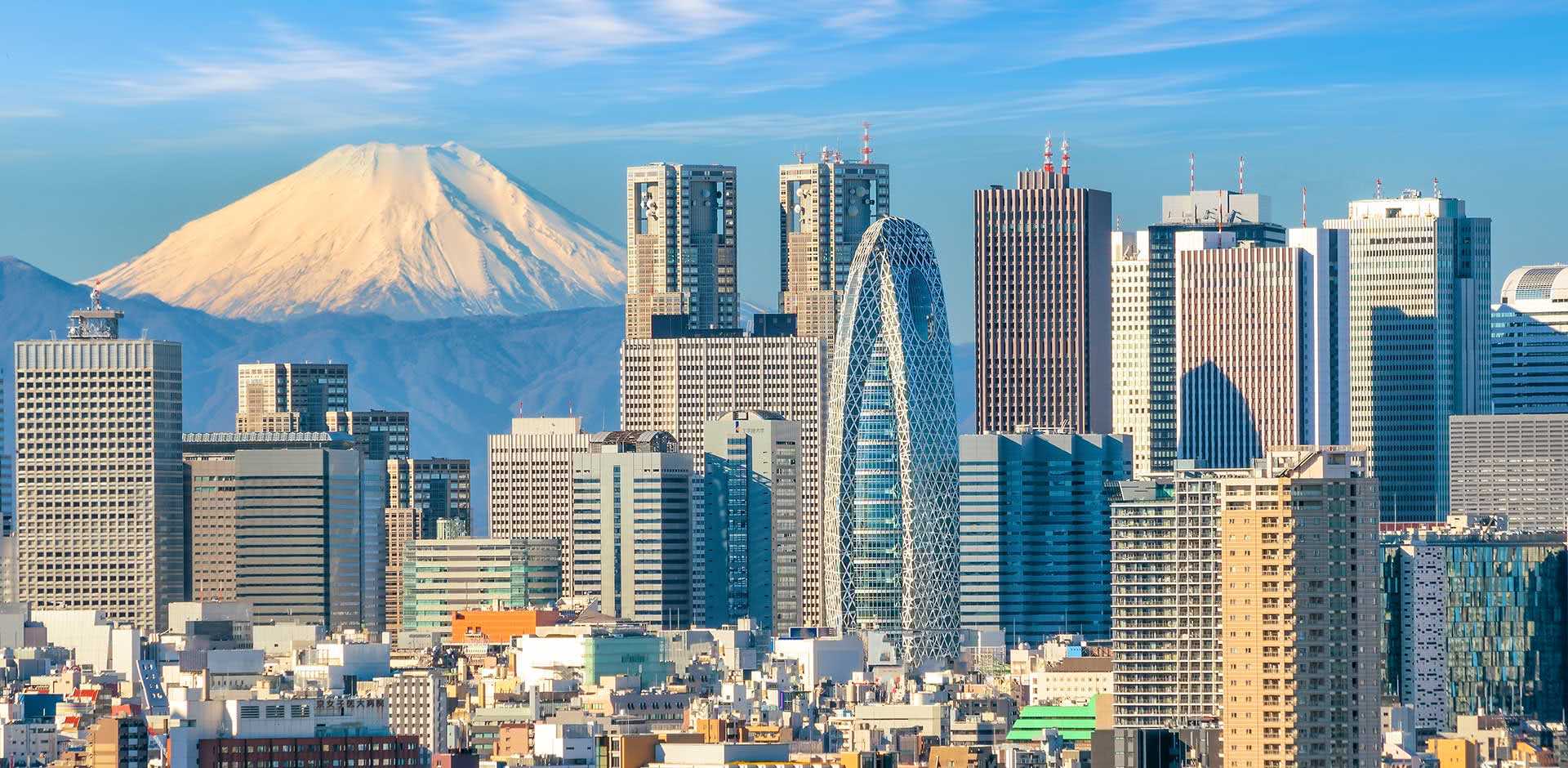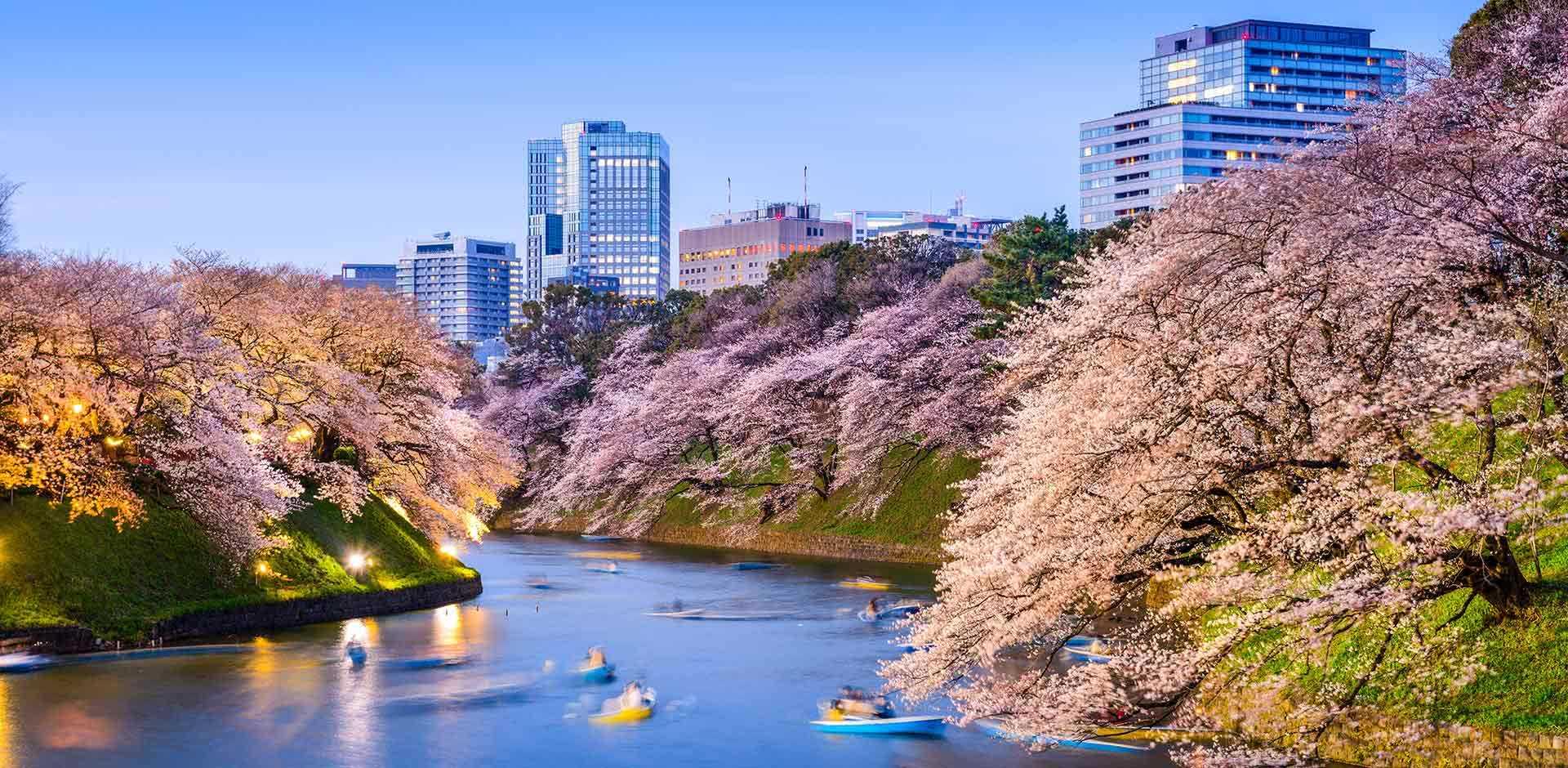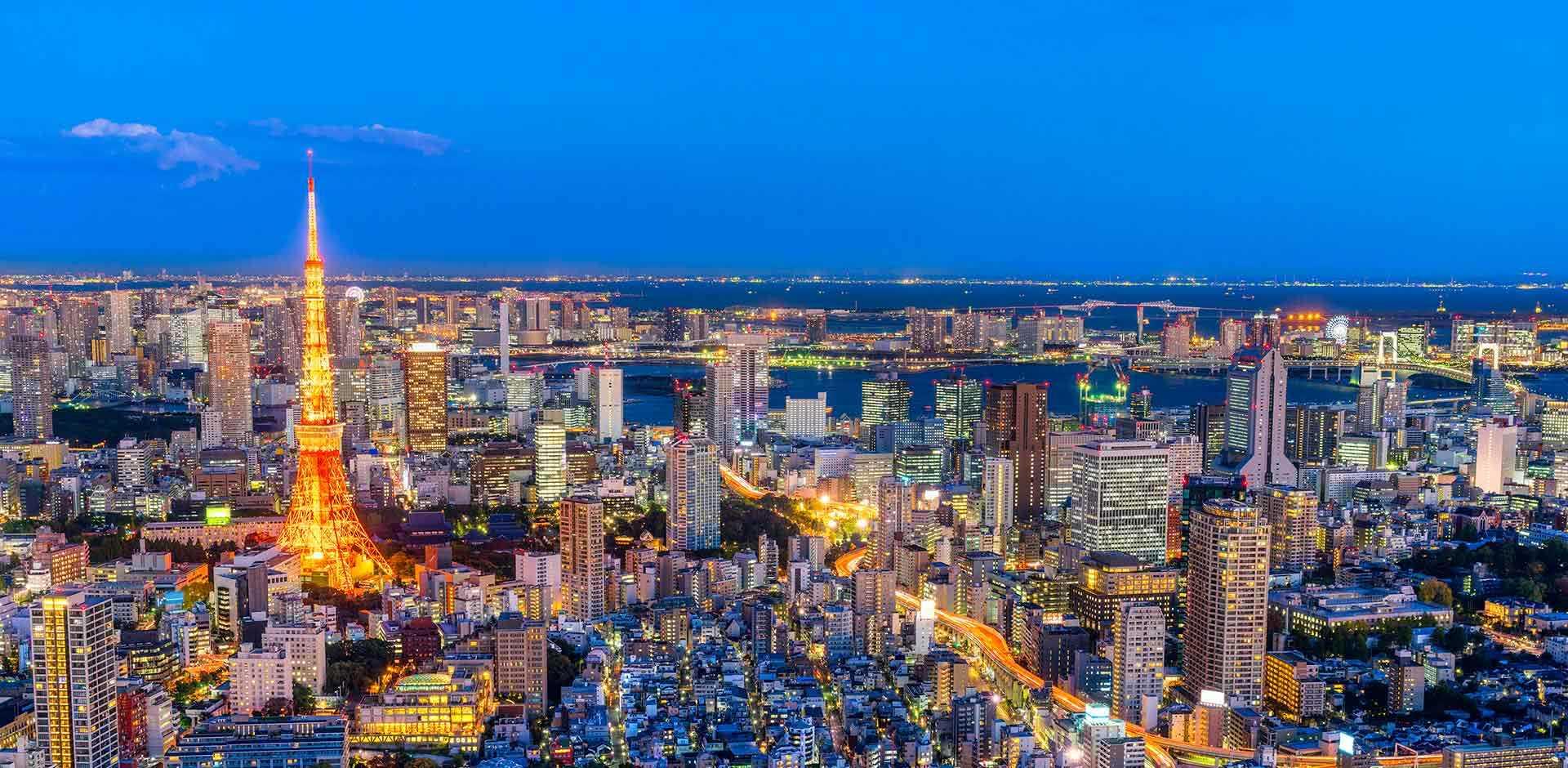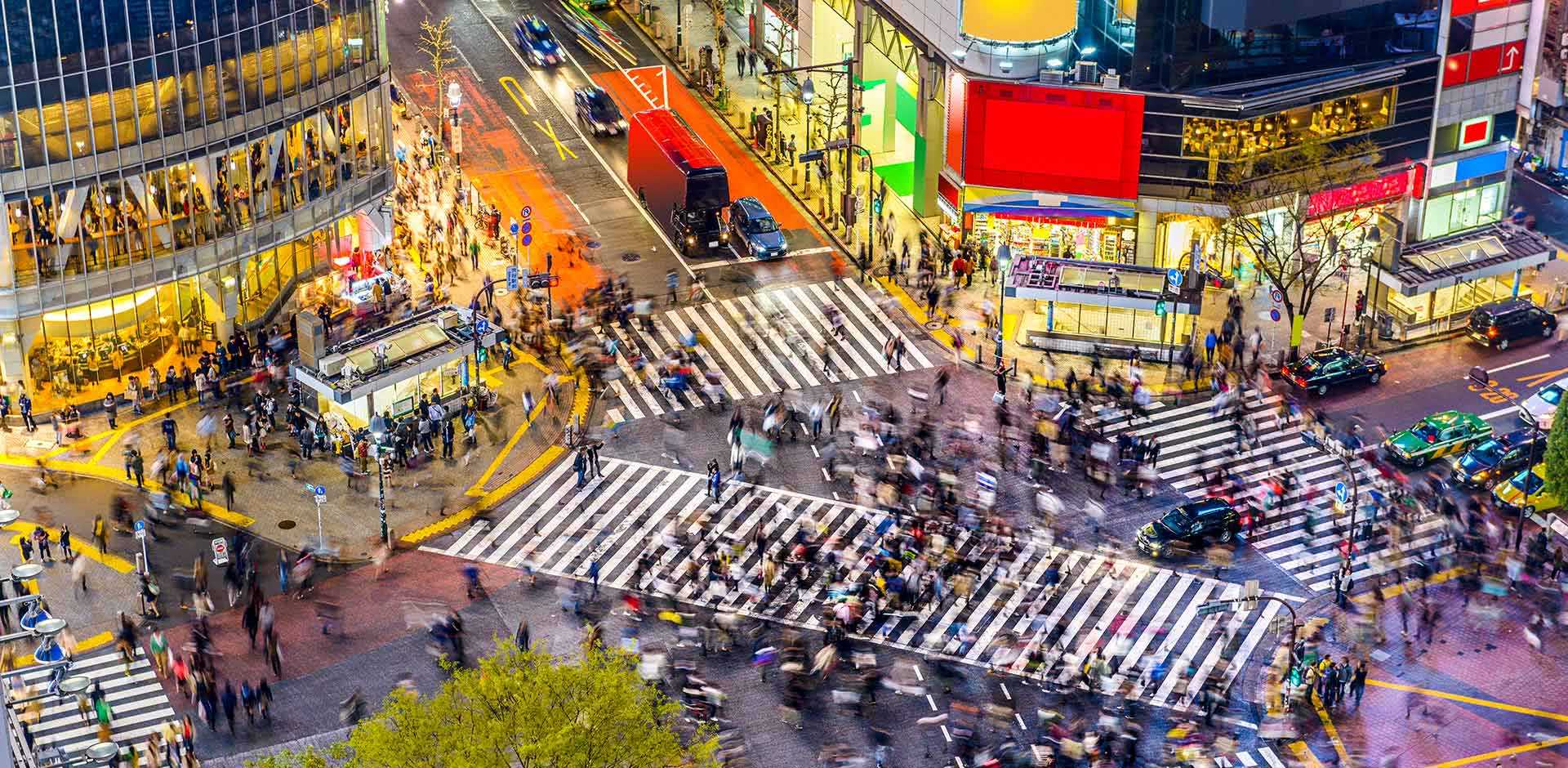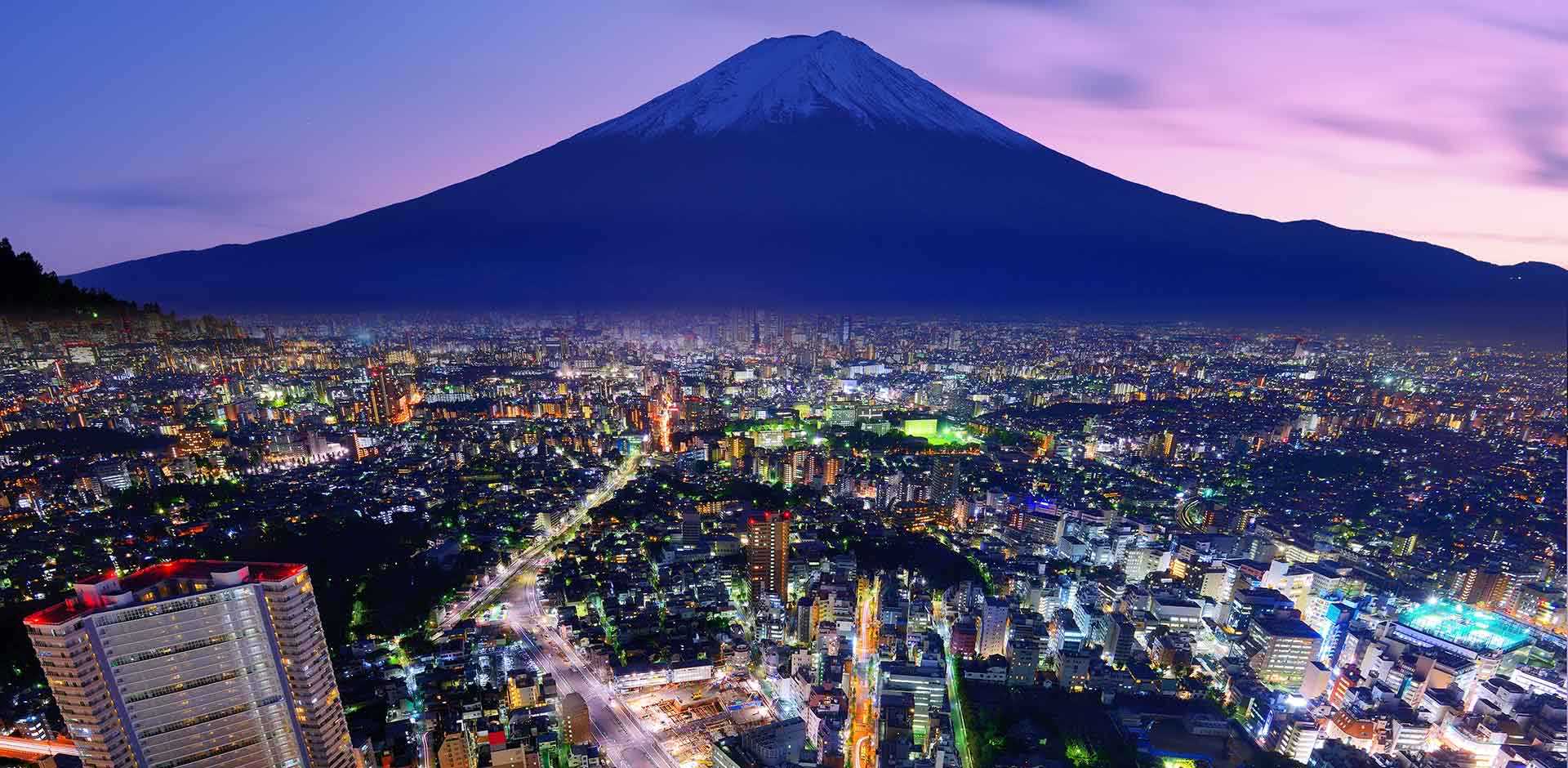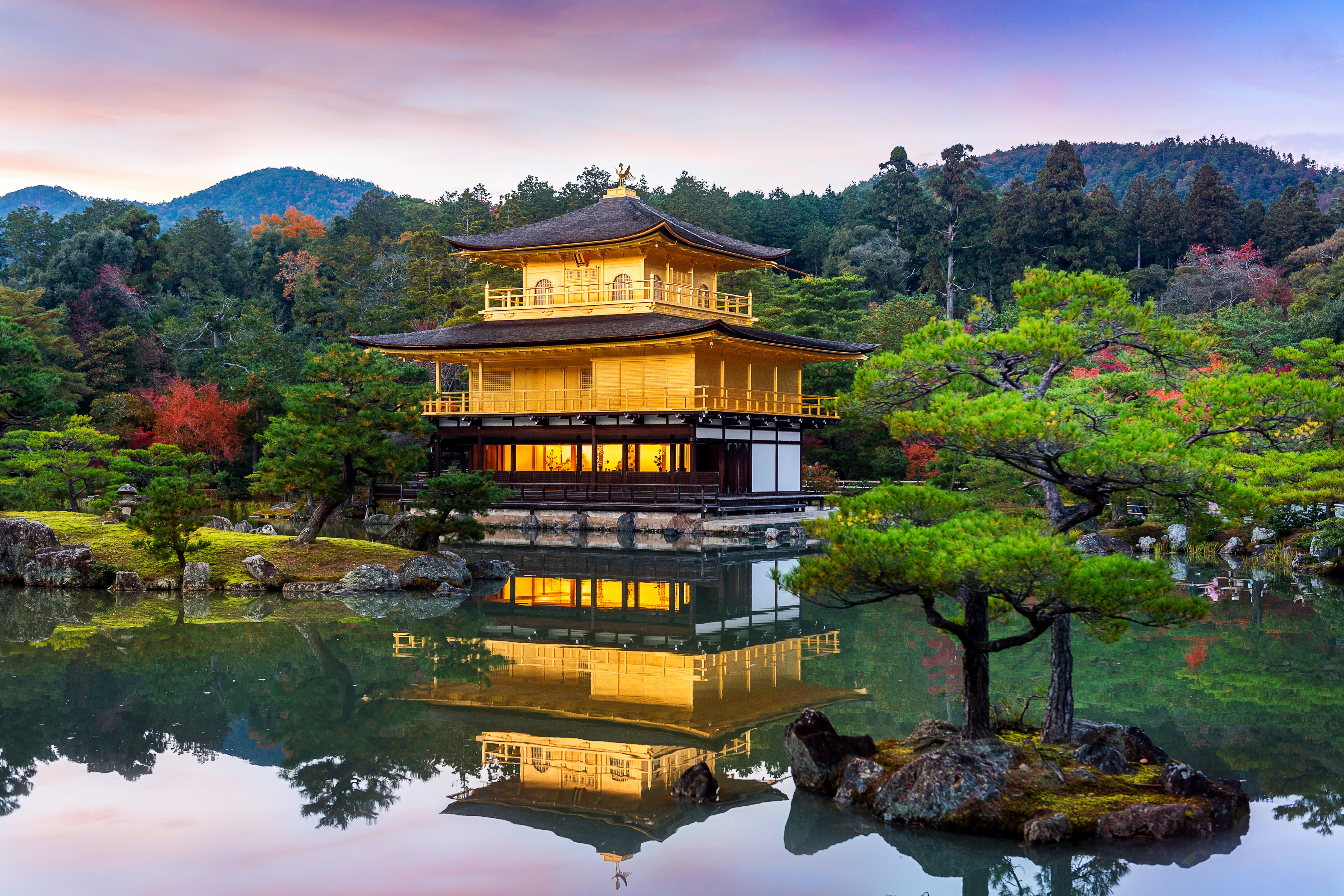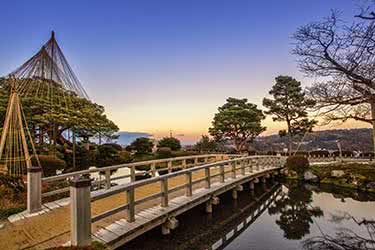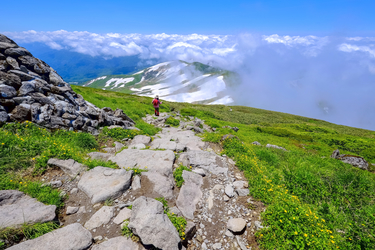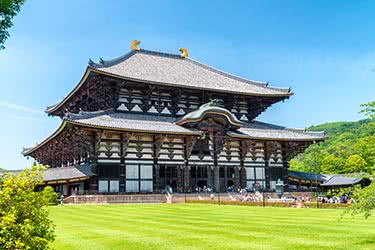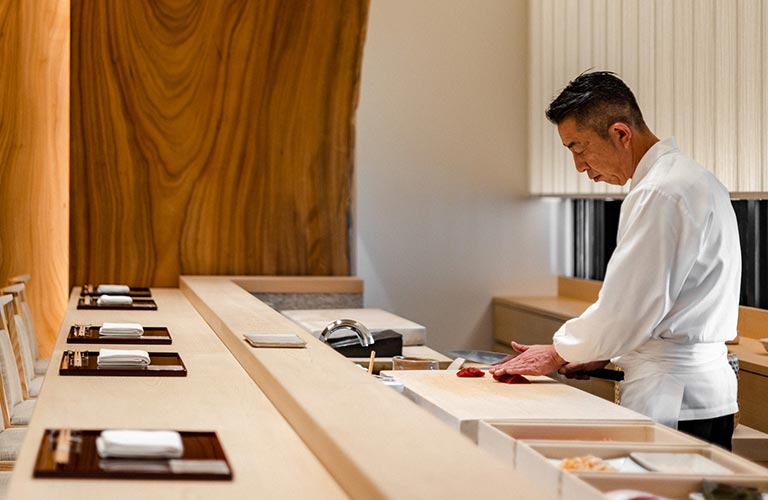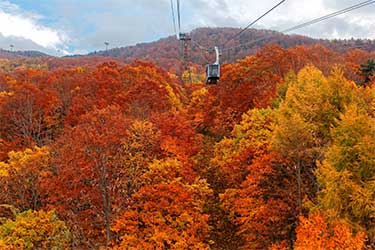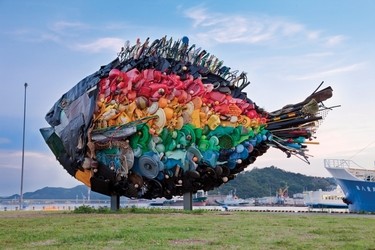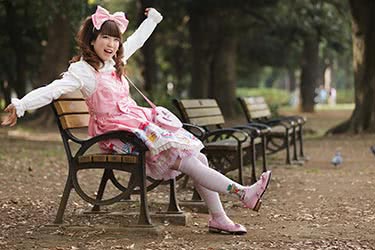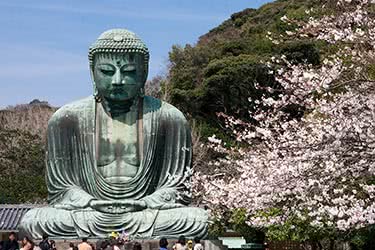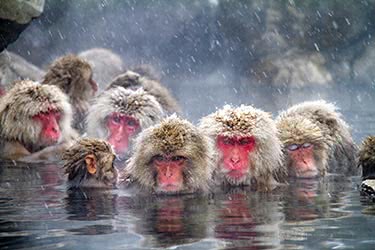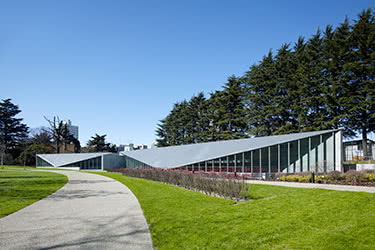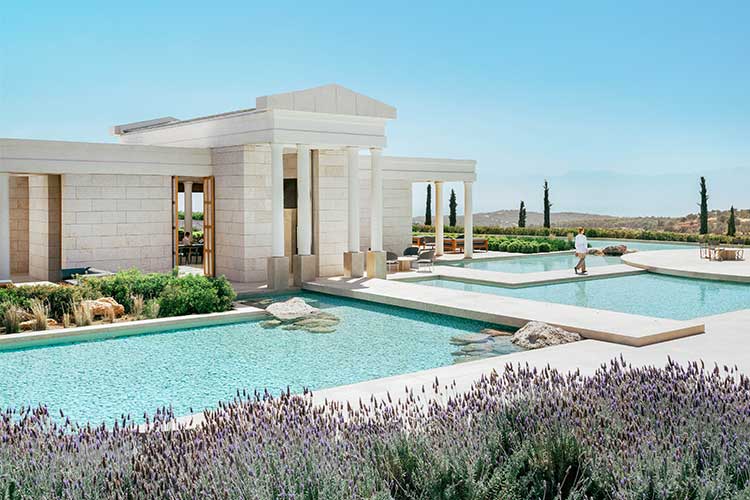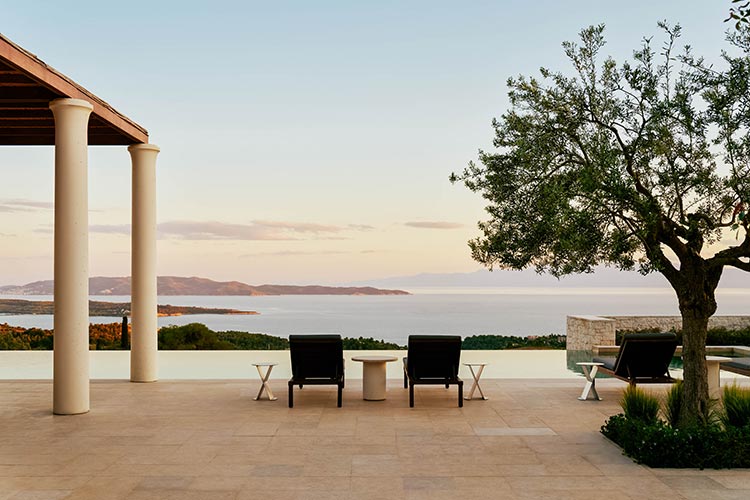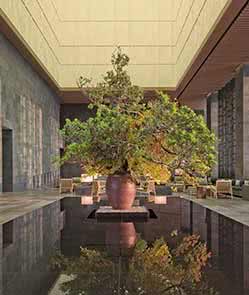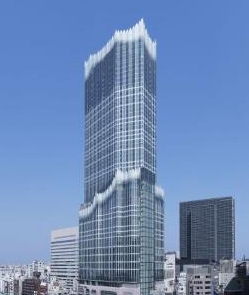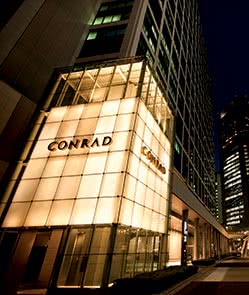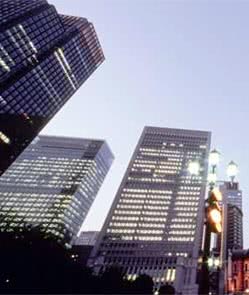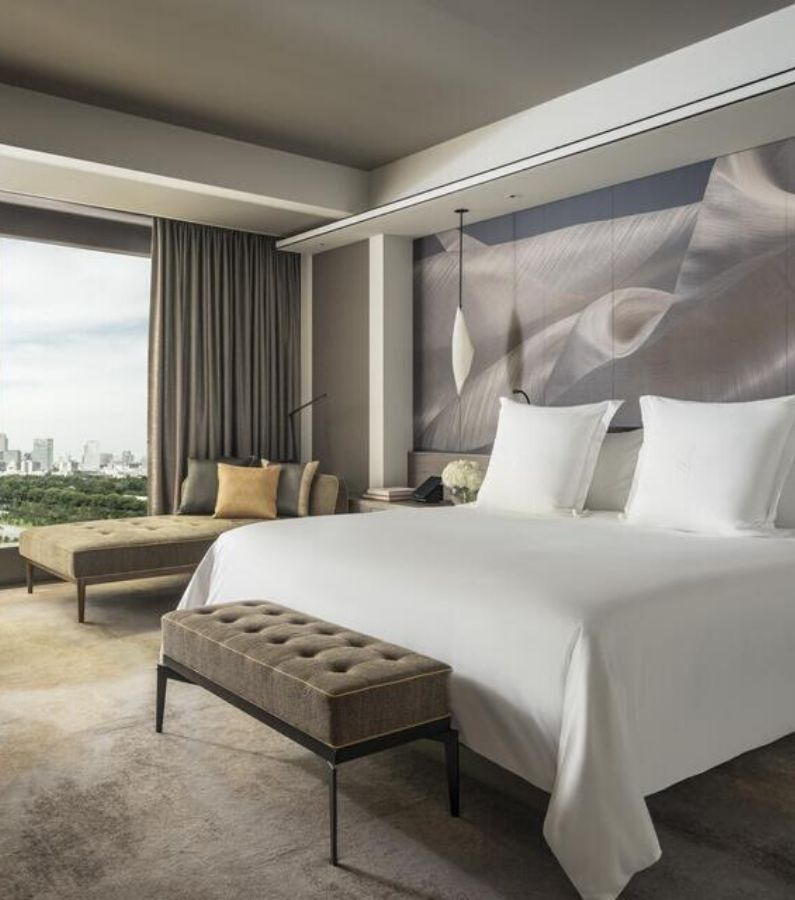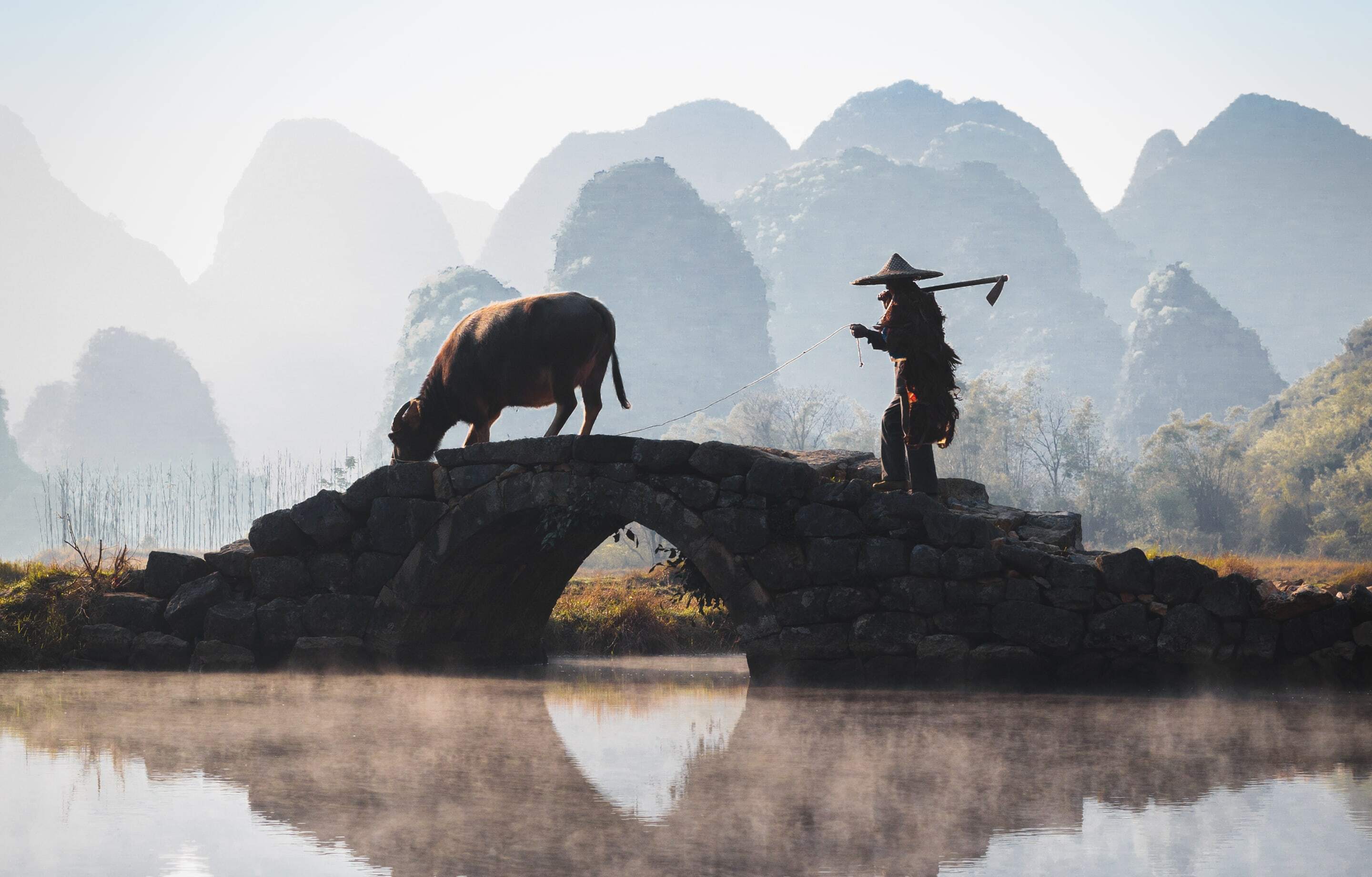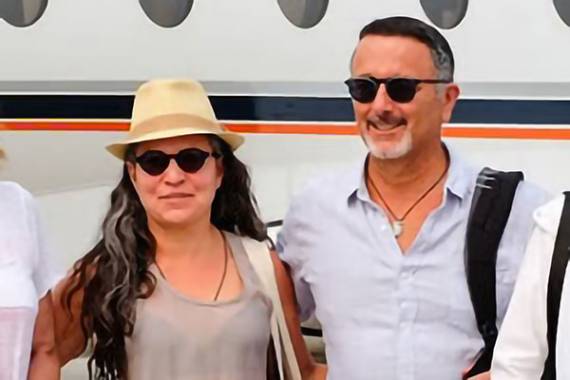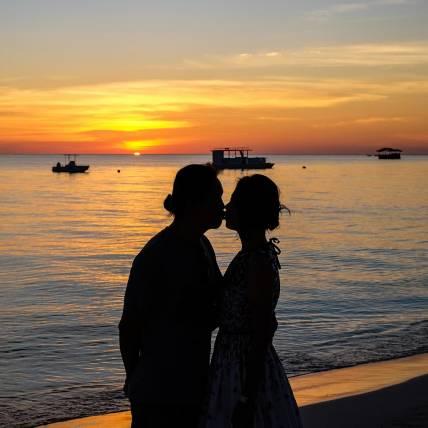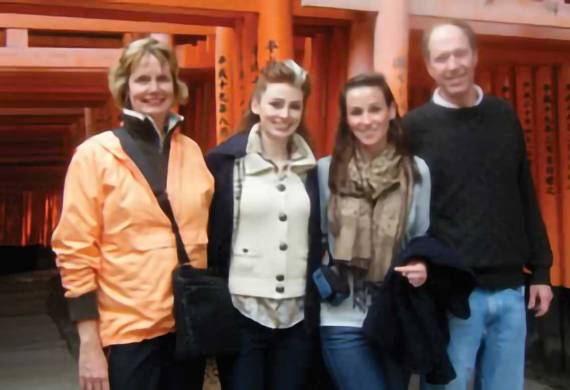Experiences
A handpicked selection of experiences endorsed by our experts. If you can’t see what you’re looking for, let us know, as our extensive network of local contacts can open many doors.
Akihabara
Discover the famous “Akihabara scene,” a mind-boggling alternative universe that includes Japan’s unique “maid cafés,” “cosplay” (costume-play), electronics emporiums, high-tech video game parlors, pachinko parlors, and the vibrant world of the Japanese anime (cartoons) and manga (comic books). Akihabara is a fascinating window into the parallel universe of Japan’s geek-youth culture called otaku, a catch-all for young people (most often men) with obsessions for the above diversions.
Baseball
Go to a Japanese professional baseball game – quite a different experience than a game in the U.S. The Japanese are true fanatics for the sport – a fervor fueled all the more by the country’s victory over South Korea in the 2009 World Baseball Classic – to the point that it has essentially overtaken sumo as the national sport. Games are full of team flag waving, drum beating, and the whole stadium chanting and clapping songs for individual players in unison.
Contemporary Art
Explore the striking 21_21 Design Sight museum. Located in Akasaka, 21_21 is a collaboration between two of Japan’s leading contemporary figures in the arts, fashion designer Issey Miyake and architect Tadao Ando. The Hara Museum of Contemporary Art, housed in a 1938 Bauhaus-style building, was one of the first contemporary art institutions in the country and certainly a trailblazer on the scene.
Harajuku & Omotesando
The Harajuku neighborhood and its main artery, Omotesando Boulevard, are a haven for shoppers. Here, tidy alleyways filled with cafes and boutiques lend a European feel. Sunday afternoons are when the famed Harajuku girls (and boys) come here to strut their stuff, exchanging the strictures of weekday conformity (the ubiquitous navy-blue school uniforms) for outrageously dressed alter egos. Their bold attire are badges of individuality, and you can’t help but admire what Gwen Stefani dubbed their "wicked style."
Imperial Palace
Visit the perimeter of the Imperial Palace and its surrounding gardens. (Tours of the actual palace interiors are limited to highly regulated group tours at set times, so we don't recommend this.) Instead, view the palace from popular points like the Nijubashi bridge (or “double bridge”) over the southern moat and the East Gardens. During cherry blossom season, this is a popular spot for both locals and visitors alike to take in the blooms.
Meiji Shrine
Visit the Meiji Shrine in Harajuku, the foremost Shinto shrine in Tokyo. Originally built in 1920, it was destroyed in World War II and rebuilt in 1958. The shrine is dedicated to Emperor Meiji and his wife, Empress Shoken, who ruled from 1868 to 1912, presiding over Japan’s transition from centuries of shogun rule to imperial power. On weekends, Japanese couples getting married, often in traditional attire, are a common sight.
National Museum of Emerging Science and Innovation
Visit the National Museum of Emerging Science and Innovation (also known as Miraikan, or "Future Museum"). With exhibitions including 3-D large-scale images of World Heritage Sites viewed from outer space, and interactive displays that feature the technology behind the Human Genome analysis, this state-of-the-art facility is both educational and entertaining.
Nezu Museum
The Nezu Museum, tucked off the bustling commercial boulevard Omotesando, was established in 1941 by the will of Japanese industrialist Nezu Kaichiro to exhibit his personal collection for posterity. A number of pieces are designated as National Treasures, including 87 Important Cultural Properties and 97 Important Art Objects. In addition to the museum, the Nezu offers a traditional Japanese garden and pond with several tea houses, a legacy of Kaichiro’s fascination with “the way of the tea.”
Roppongi Art Triangle
Visit the Mori Museum, located in Roppongi on the top two floors of the 54-story Mori Tower, and Tokyo's foremost contemporary art mecca; afterwards, explore the National Art Center, Tokyo (NACT), which opened in 2007. It is also the Japanese government’s fifth national museum of art, joining the national museums in Tokyo, Kyoto and Osaka. Lastly, visit the Suntory, founded in 1961, which aims to bring the experience of “art in everyday life,” from paintings and sculpture, to tools, furniture and the natural world, to a broad public audience.
Sumo Match
If your visit to Japan aligns, attend an afternoon of a Grand Sumo Tournament for a quintessential Japanese experience. Sumo is a serious sport that combines weight, speed, intellect, technique, and guile, with matches preceded by such ritual elements as purifying the ring with salt. Matches can last from a few seconds to a couple minutes, and bigger isn't always better; smaller wrestlers often defeat larger opponents. In recent years, the top-ranked yokozuna have actually been Mongolian, while wrestlers from South Korea, Russia, Georgia, Bulgaria, and Estonia have also joined the league, using adopted Japanese names.
Sumo Training
Spend half a day in Ryogoku, an area of Tokyo that serves as the center of the sumo world; here, visitors can find the sumo stadium, many sumo "stables" (live-in schools), chanko restaurants and other sumo-related sights. Remote Lands has unique access to the most venerable sumo stables, offering visitors the chance to meet wrestlers and see firsthand how they live, train and eat!
Tokyo National Museum
Visit the Tokyo National Museum (TNM), which is both the oldest and largest museum in the country. Situated on the northern grounds of Ueno Park, TNM is home to the largest number of designated National Treasures and Important Cultural Items in in all of Japan, including Japanese Buddhist antiquities from as far back as 7th century.
Toyosu & Tsukiji Markets
Visit Toyosu Fish market, where the famous Tsukiji Fish market recently located. Daily auctions are held featuring over 450 types of seafood, a unique experience that offers insight into a country obsessed with the freshest possible ingredients for its seafood-centric cuisine. Although the fish market relocated, the outer market selling produce and kitchenware still stands at the old Tsukiji site and is still worth a visit.
